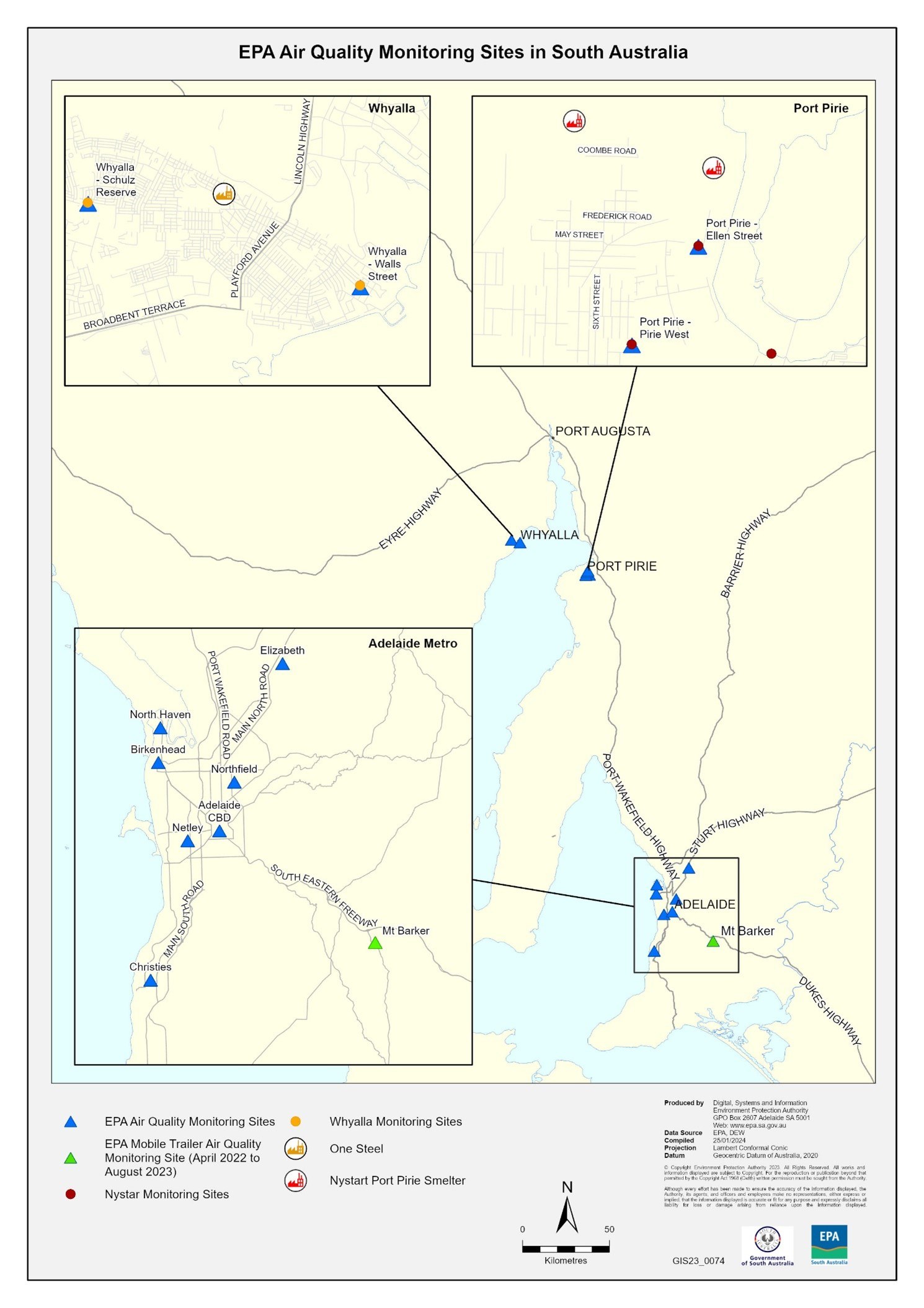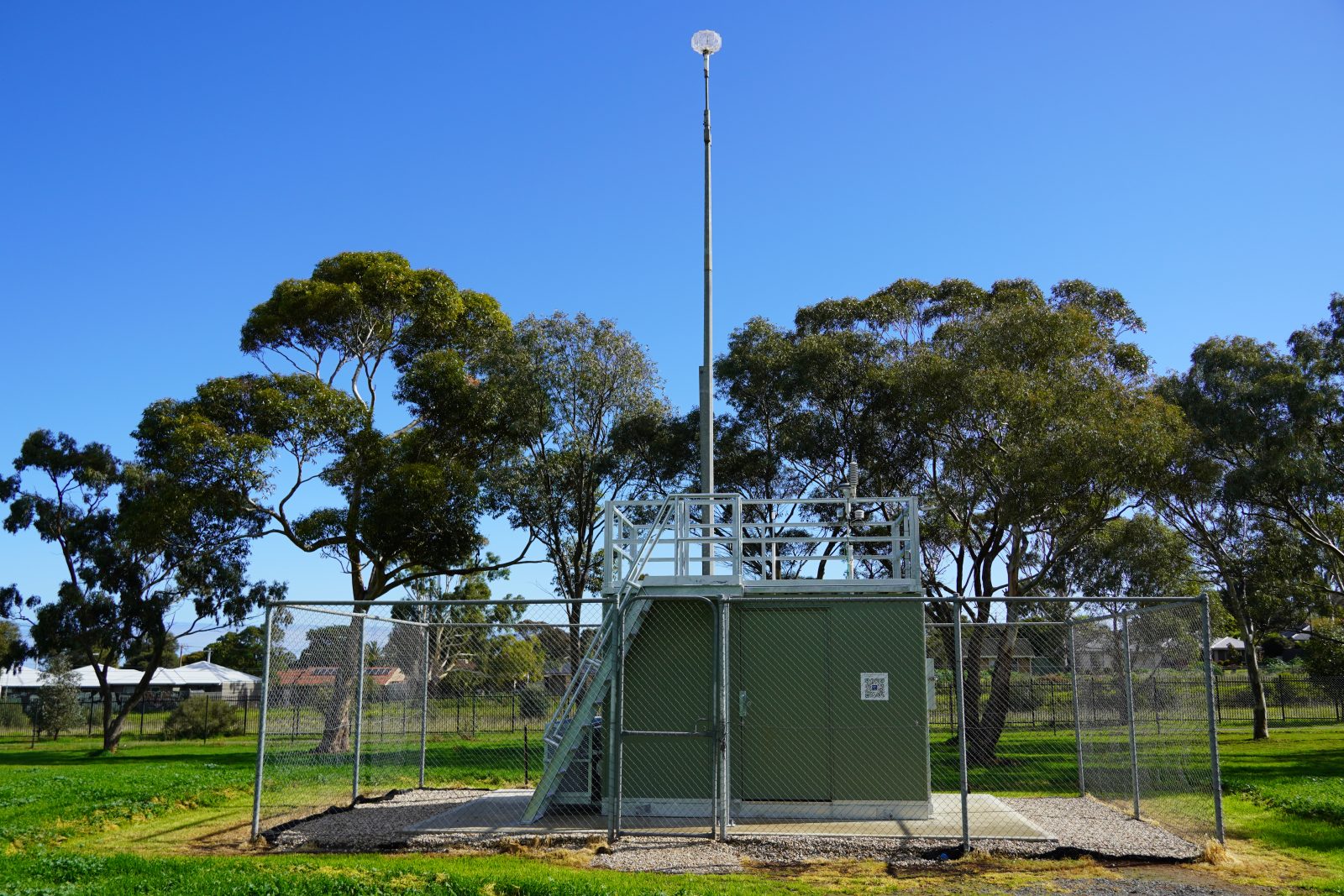- Home
- Environmental Themes
- Air
- Importance of Clean Air
Importance of Clean Air
Clean air is essential for maintaining the health and wellbeing of both the environment and living organisms, including humans. The importance of clean air can be highlighted for various aspects:
- Human health – Impacts to human health from poor air quality may result in respiratory illness, including asthma or chronic respiratory conditions, aggravation of cardiovascular and respiratory diseases, lung cancer, heart disease, strokes and even premature death. There is increasing evidence that even relatively low levels of air pollution can have adverse effects on our health and, consequently, any improvement in air quality will result in better health outcomes. Recent research indicates that fine particles pose a greater risk to Australian communities than other air pollutants.
- Environmental impact – Clean air is vital for the health of ecosystems. Air pollutants can harm plants, animals and microorganisms, disrupting the balance of ecosystems and biodiversity. Air pollution can also contribute to soil and water pollution. Pollutants may settle on the ground or dissolve in precipitation, negatively impacting soil quality and waterbodies.
- Climate change – Some air pollutants, such as carbon dioxide (CO2) and methane, contribute to the greenhouse effect and climate change. Clean air initiatives are important for mitigating the impacts of climate change.
- Quality of life – Clean air contributes to a more pleasant and aesthetically pleasing environment. Reduction of air pollutants, including dust, odour and smog, can improve visibility and breathability of air, enhancing the overall quality of life in urban areas. Clean air also encourages outdoor activities and recreational pursuits, thereby promoting a healthier lifestyle.
- Healthcare costs – Air-pollution-related health issues result in increased healthcare costs. Ensuring clean air can reduce the economic burden on healthcare systems.
Although air quality in South Australia is generally good compared with national and international standards, pollution still results in measurable health impacts and consequential economic costs.
All levels of government are collaborating with organisations and different sectors to better understand and reduce the risks of air pollution. The EPA maintains a network of monitoring stations to measure and track pollutant levels. Other programs include the National Clean Air Agreement, industry regulation, vehicle fuel-quality standards, engine emissions standards, product standards for wood heaters and small engines, modernising transport infrastructure and investments in promoting modern technology, for example, electric vehicles and renewable energy.
Several respondents in the SOER 2023 YourSAy survey indicated they valued clean air in their environment. Some respondents were concerned with impacts to air quality from the use of fossil fuels by industry and pollution from traffic emissions.
What Affects Air Quality
Air quality is influenced by several factors, including emissions from transport and industry, wood smoke through the use of wood heaters and fires (for example, controlled burns and bushfires), usage of home appliances (for example, barbeques and petrol-fueled gardening tools), dust and pollen. In Australia, the types of air pollutants, specific pollutant substances, and the general sources of these substances are described in Australia State of the Environment 2021. Air pollution occurs when concentrations of airborne gases and particles become high enough and persist long enough to cause adverse effects on people, plants, animals and property.
Global urbanisation and industrialisation, due to population growth and developing economies, will increase the variety and loads of air pollutants. This, along with climate change, is likely to escalate the risk of impacts on air quality and human health.
Air quality can also be impacted by climate and weather processes. Dryer and hotter weather conditions are likely to increase the risk of dust especially for regional and remote communities. Wind will transport pollutants to other areas from where they were produced, and rain droplets will remove pollutants from the air.
Both individual pollutants and the mix of them may have effects. For example, sulfur and nitrogen compounds combine in the atmosphere forming acidic substances that may impact the health of humans, acidify soil and water, and damage buildings and other structures. Nitrogen oxides contribute to ground-level ozone formation and can also be responsible for excessive growth of aquatic plants and oxygen depletion of waterbodies, reducing the water quality and health of aquatic ecosystems.
Monitoring Air Quality in SA
Monitoring is undertaken by the EPA to provide information about the quality of our air. The EPA currently operates 7 monitoring stations in metropolitan Adelaide and a further 3 stations in the regional centres of Port Pirie (1) and Whyalla (2) for various pollutants. These stations continuously measure primary gases including ozone, carbon monoxide (CO), nitrogen dioxide (NO2) and sulfur dioxide (SO2), as well as particulate matter (PM10 and PM2.5). These pollutants are reported live on the EPA website. The EPA also monitors lead in air at Port Pirie. Monitoring undertaken by the EPA primarily reflects ambient concentrations of pollutants in the airshed, which are emitted from a number of sources, with the exception of SO2 and lead in Port Pirie that are mainly emitted from the Port Pirie smelter.
When required, the EPA also conducts shorter-term monitoring, as was recently undertaken in Marino, Lonsdale and Hallett Cove for dust, Victoria Road for traffic emissions and Mount Barker for wood smoke from heaters. Additional monitoring stations would assist with understanding the extent of air quality across the state and impacts on air quality from various sources of pollutants, particularly in regional areas where dust and smoke are likely to become more of a risk with climate change.


